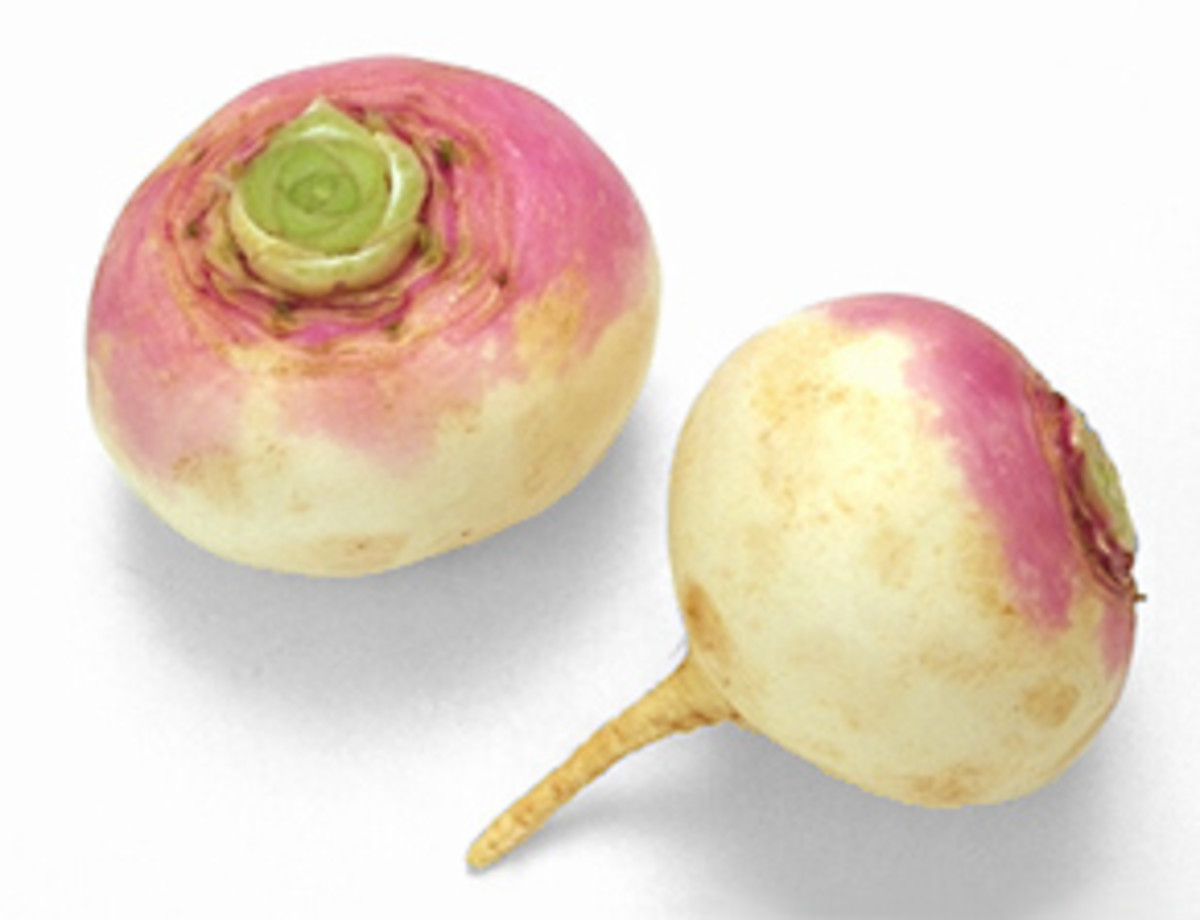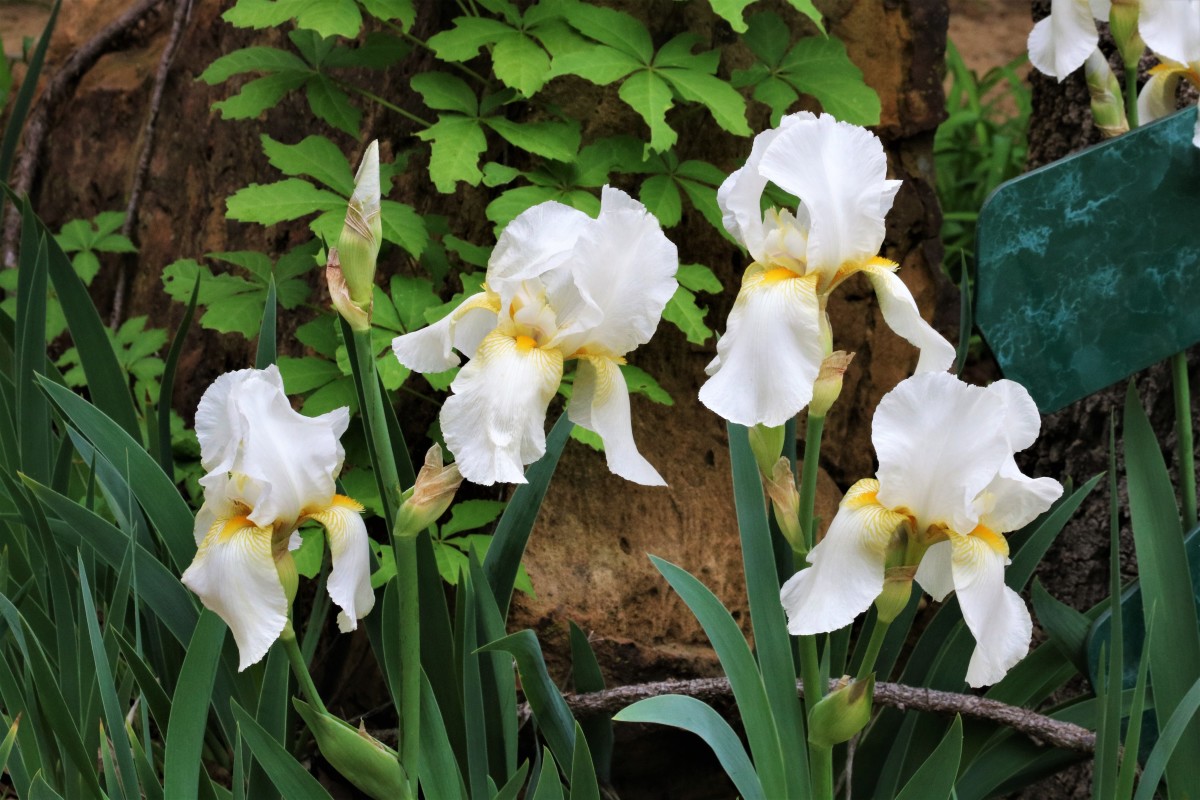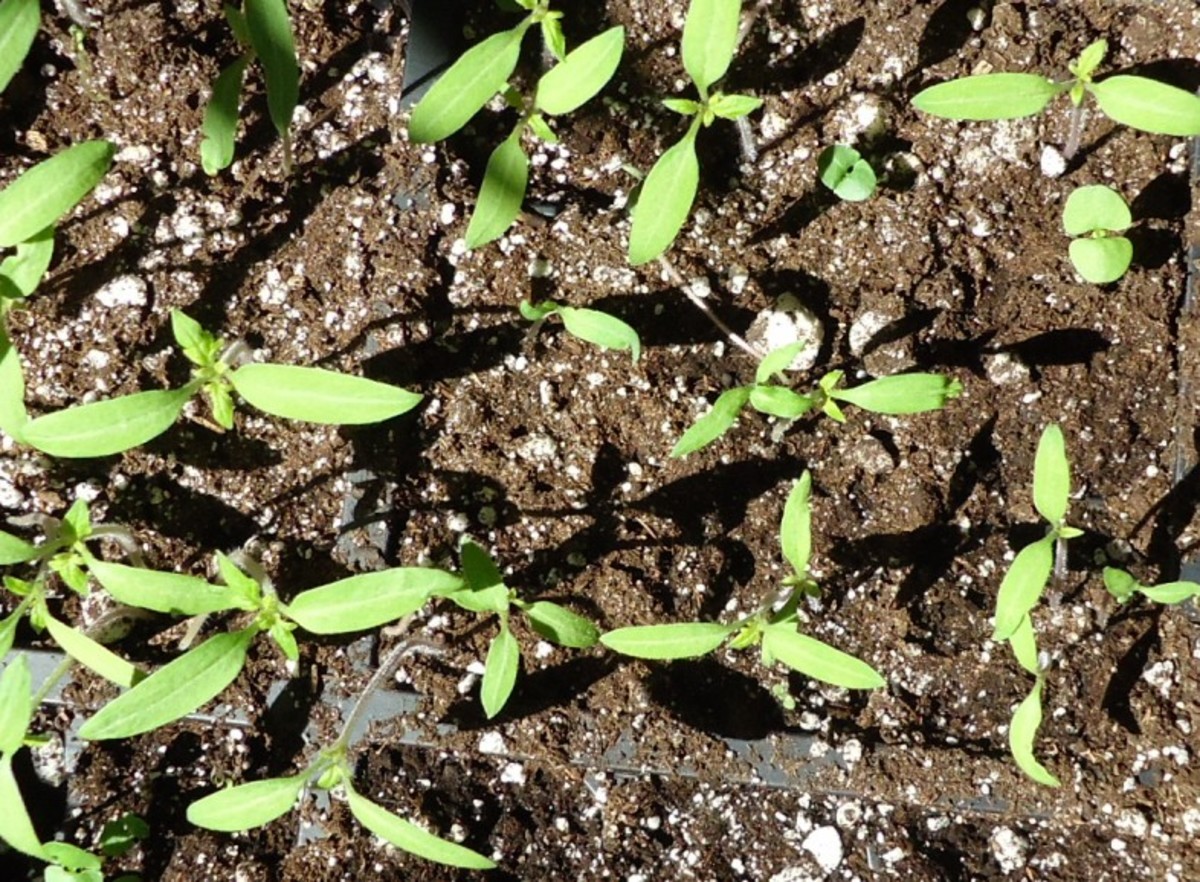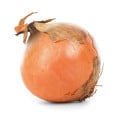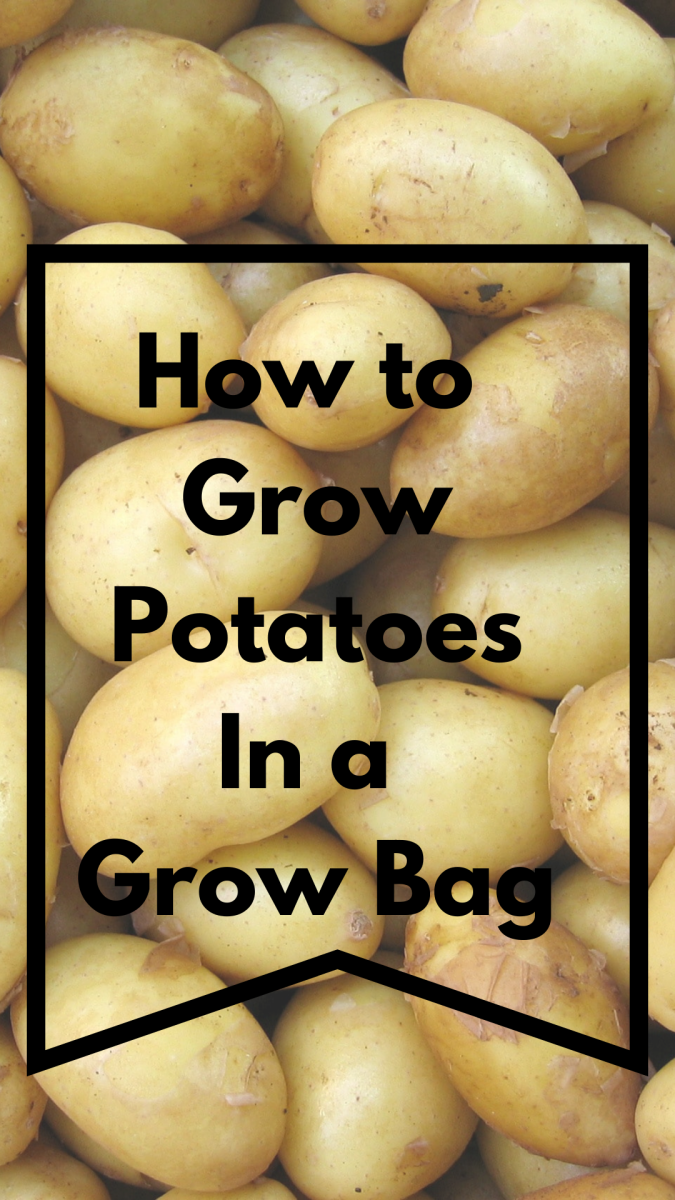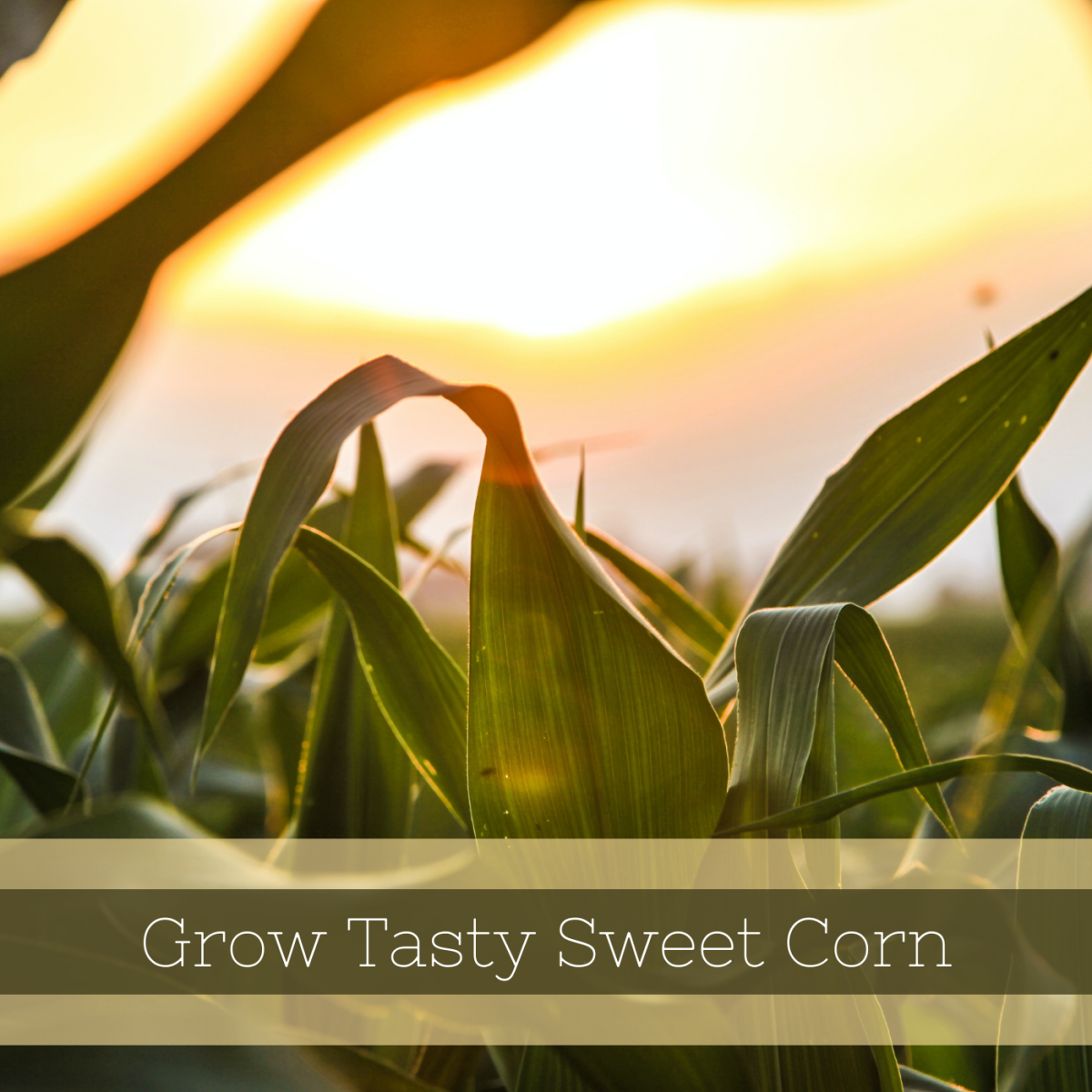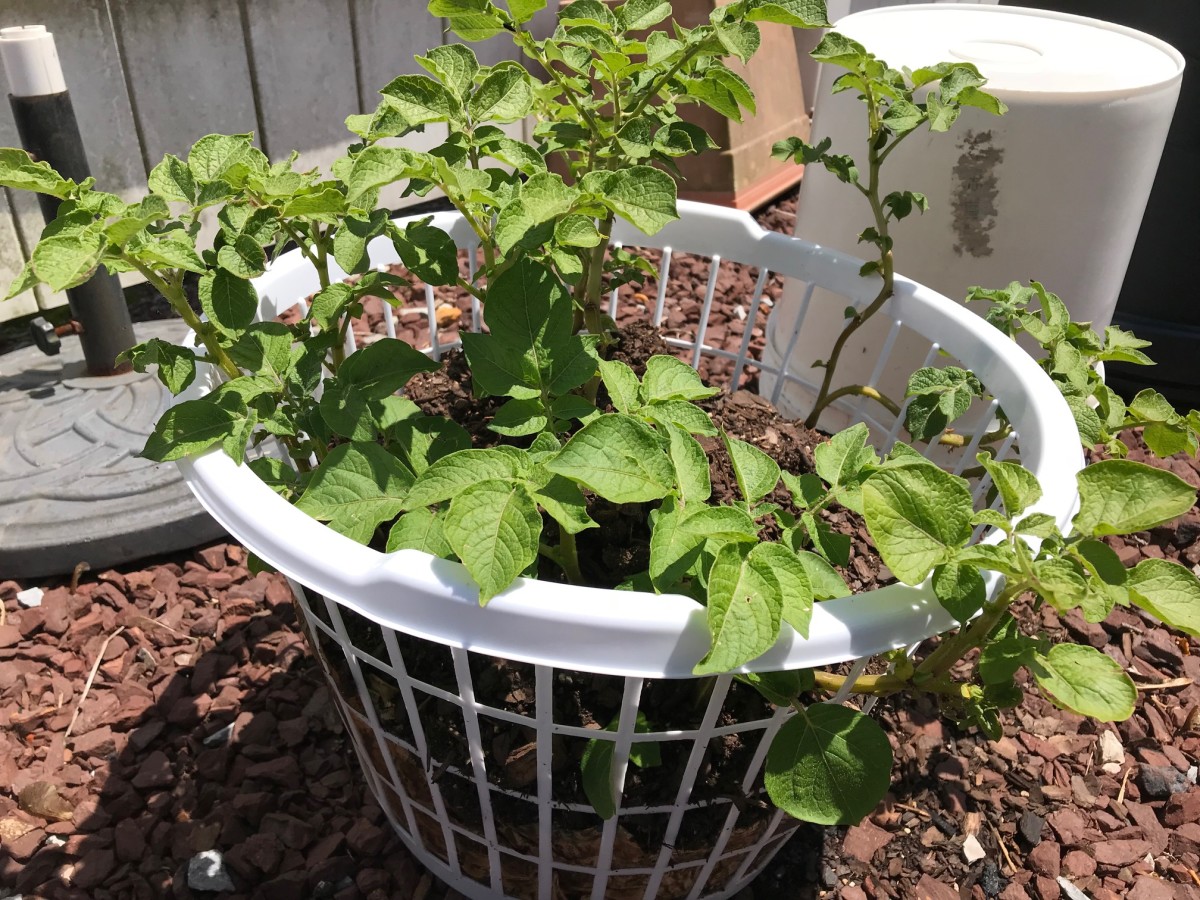How To Grow Spring Vegetables From Seed
Winter is in It's Final Death Throws
Now is the time to start thinking about what you would like to plant in your garden for the upcoming growing season. Maybe you would like to try growing some different vegetables you have never grown before OR you are interested in growing spring vegetables instead of always only growing the summer staples (i.e. Tomatoes, Peppers, Cucumbers, etc).
This article will outline which spring vegetables you can grow from seed, with tips on how to plant and the conditions needed for successful spring growing. This is by no means an exhaustive list, but enough to get your thinking and experimenting with spring vegetables.
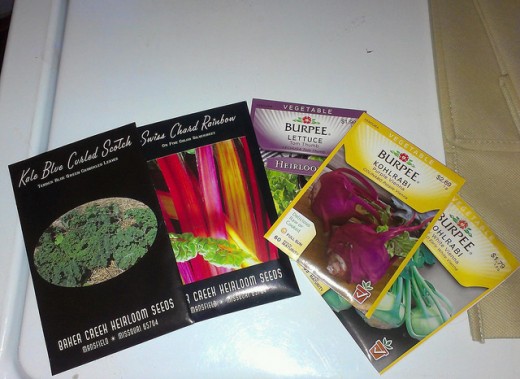
Vegetables You Can Sow When Temperatures Have Reached 40 Degrees
There are several spring vegetables that can germinate in low temperatures and can take some frost.
Spinach: Benefits from cool spring temperatures and has a tendency to bolt once temps heat up as you head into early summer. Spinach likes full sun. Space each seed 3 inches apart and plant at a depth of about 1/2 inch.
Peas: Another plant that likes it cool. Summer temperatures will stress Peas and lead to slower production or dormancy until temps cool back down again in the fall. Make sure you have a trellis available for these plants to climb on. Peas prefer full sun. Plant seeds 2 inches apart and 3/4 of an inch deep.
Lettuce: One of the vegetables that we love to eat in my household, you can keep trimming the leaves for a salad and it will keep growing more. Lettuce prefers full sun to part shade. Surface sow the seeds, spacing about 5 inches apart.
Radish: Another favorite of my household and super easy to grow. I've never had a problem with germination, even with "old" seed. Radishes like full sun. Sow 1/2 inch deep and space about 1 inch apart.
Mustard and other Greens: Greens in general are very tolerant of cool temps and frost. Some varieties even taste better after a light frost. Greens like part shade. Plant seeds 2 inches apart at a depth of 1/4 of an inch.
Vegetable Seeds You Can Sow When Temperatures Have Reached 50 Degrees
When spring temperatures have stabilized and risen slightly, more spring vegetables are at your disposal.
Broccoli and Cauliflower: High in calcium, Broccoli and Cauliflower do well in full sun to part shade. Plant the seeds 5 inches apart and 1/2 inch deep.
Swiss Chard: One of our favorites. Swiss Chard is a very hearty plant. We planted ours in part shade and it produced spring through the fall without bolting or going dormant in the heat of the summer. Plant in full sun to part shade 1/2 inch apart and 1/4 of an inch deep.
Carrots: Come in many sizes, colors and even shapes. Carrots are one of those staples in our spring garden that we plant every year. Their seeds are especially tiny, so you have a few options when planting them. You can make a "seeder" out of a folded piece of paper. Put a few seeds in the crease and use a pen or pencil tip to drop one of the tiny seeds into the soil or you can buy pre-made seed tape which takes the guesswork out of planting and spacing. All you have to do is cut the tape to size and plant the whole thing in the garden. Carrots like full sun. Plant 4 inches apart and surface sow, lightly covering the seed.
Kohlrabi: This vegetable is making a renaissance in the vegetable gardens of America. It is very common in Germany, where they like to boil the plant and add them to soups. Their flavor is very interesting; to me it has a slight broccoli flavor with a hint of cabbage. The texture raw is that of a Jicama. I definitely think everyone should try this out at least once. Kohlrabi likes full sun. Sow seeds 11 inches apart at a depth of 1/2 of an inch.
Scallions: aka Bunching onions. Very easy to grow and will supply you with onions spring through late fall. We grow these every year and cook with them in all sorts of recipes. We even use them in salsa and guacamole. Scallions like full sun. Space seeds 4 inches apart and sow at a depth of 1/4 of an inch.
Chives: Chives are one of those plants that you can plant once and it comes back every year. So, make sure you plant it in a spot that you don't mind it staying there forever. Chives do best in full sun, but I have them in an area that only gets afternoon sun and they have done really well. Surface sow the seeds and lightly cover with soil.
Beets: Both the tops and the beet bulb can be eaten. Harvest the tops when they are young; larger tops tend to get too "woody". Beets prefer full sun. Sow seeds 3 inches apart and at a depth of 1/2 of an inch.
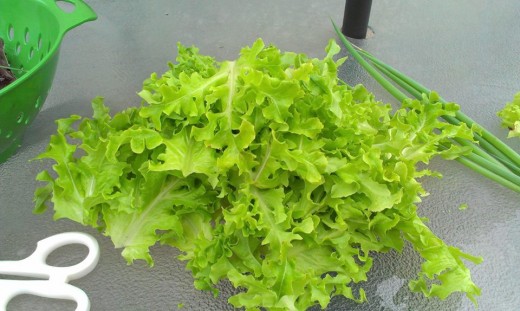
Spring Seed Planting
Will you be planting spring vegetables this year?
Growing Instructions Recap
- Check the growing instructions on the individual seed package.
- Determine your garden layout and where each plant will go.
- Make sure soil drains properly.
- Make sure you water all seeds and seedlings moderately.
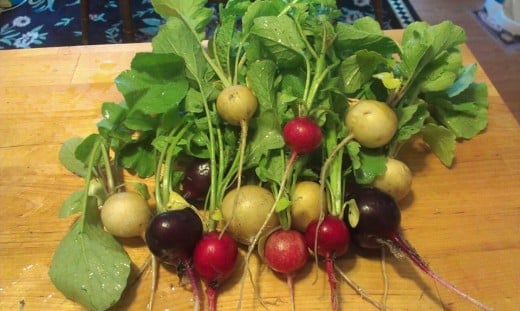
Spring Sowing Chart
Vegetable Type
| Minimum Temperature
| Estimated Planting Time*
|
|---|---|---|
Spinach
| 40 Degrees
| March-April
|
Peas
| 40 Degrees
| March-April
|
Lettuce
| 40 Degrees
| March-April
|
Radish
| 40 Degrees
| March-April
|
Greens
| 40 Degrees
| March-April
|
Broccoli
| 50 Degrees
| April-May
|
Cauliflower
| 50 Degrees
| April-May
|
Swiss Chard
| 50 Degrees
| April-May
|
Carrots
| 50 Degrees
| April-May
|
Kohlrabi
| 50 Degrees
| April-May
|
Chives
| 50 Degrees
| April-May
|
Scallions
| 50 Degrees
| April-May
|
Beets
| 50 Degrees
| April-May
|
* Planting estimate times based on Zone 5 conditions
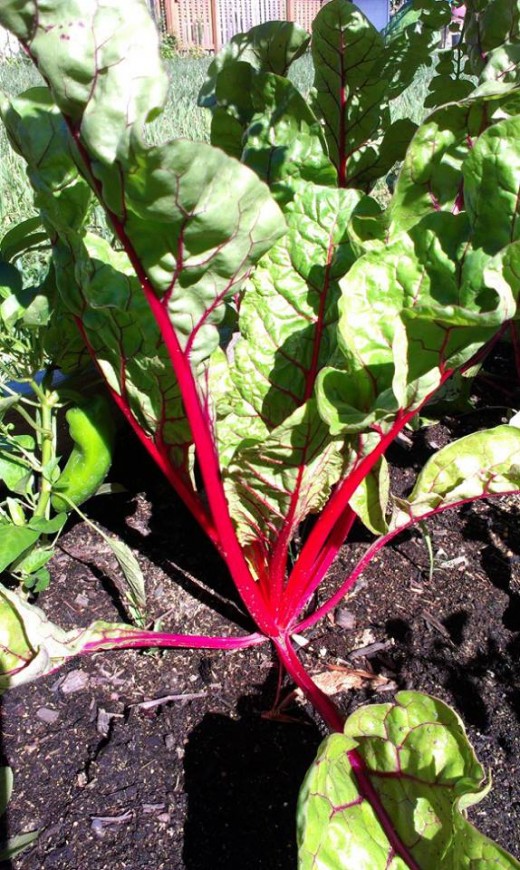
Saving Seeds
Usually, you have more seeds in each seed packet than you plan on using. Instead of buying new seeds every year, most seeds are able to be saved if you follow these guidelines:
- Reseal the package or transfer to an envelope.
- Place envelopes in a location that is away from moisture, light and excessive heat.
- Ideally, the temperature at which you store seeds should be between 50 degrees and 75 degrees.
- Seeds typically remain viable in these conditions for up to 5 years.
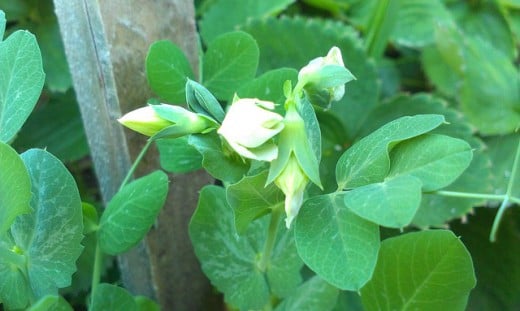
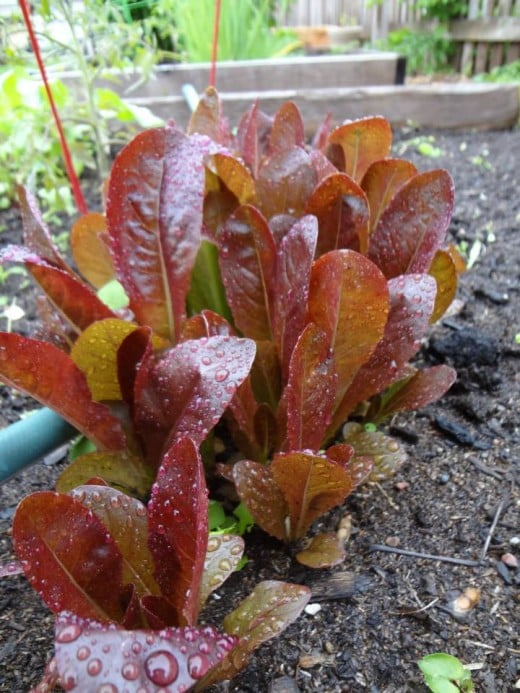
© 2014 Lisa Roppolo

